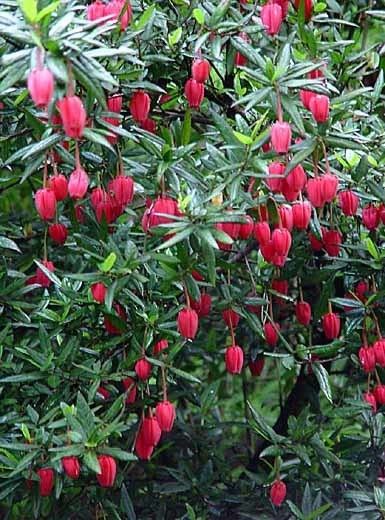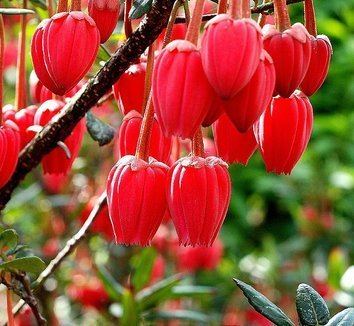Scientific name Crinodendron hookerianum Rank Species | Genus Crinodendron Higher classification Crinodendron | |
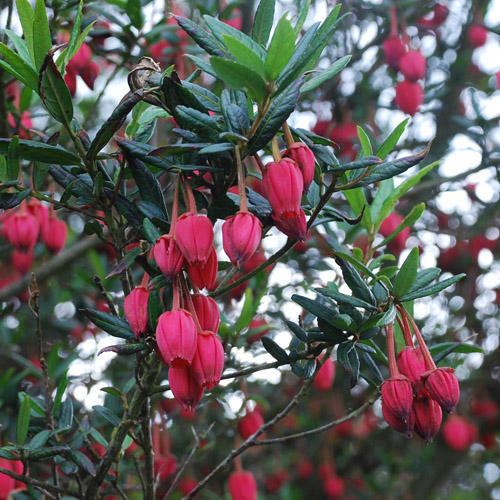 | ||
Similar Crinodendron, Crinodendron patagua, Elaeocarpaceae, Drimys, Embothrium coccineum | ||
Crinodendron hookerianum, known as the Chilean lantern tree, is an evergreen tree in the family Elaeocarpaceae. It is endemic to Chile, where it occurs from Cautin to Palena (38 to 43°S). It grows near streams and in very humid and shady places.
Contents
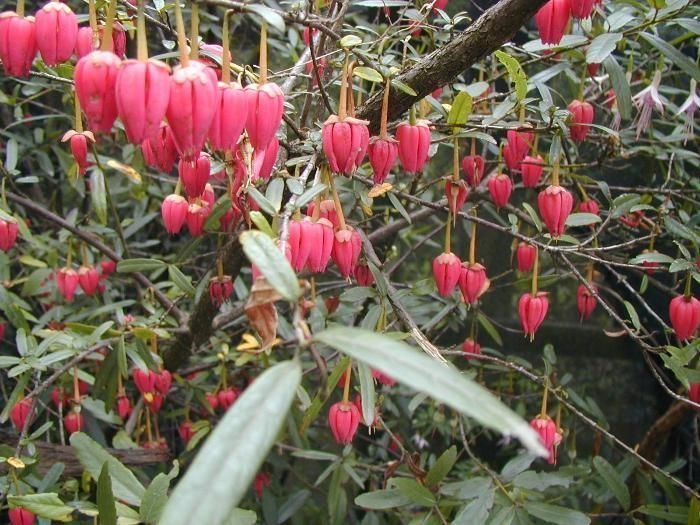
Description
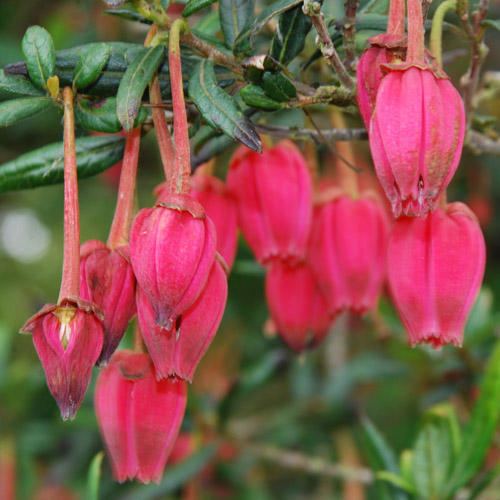
It is a shrub or small tree that measures up to 8 metres (26 ft) tall and 30 centimetres (12 in) in diameter, ash color. The leaves are alternate, with toothed edge and lanceolate shaped with acute apex, petiolate, 4–7 cm long and 0.7-1.8cm wide, dark green above and hairy whitish green below. The flowers are hermaphrodite, solitary and axillary, pinkish to red. Pedicels about 3–6 cm long, the calyx is formed by 5 fused sepals green colored, the bell-shaped Corolla made up by 5 free petals which end in 3 teeth, 15-18 stamen, with the style longer than the stamen. The fruit is a capsule with 3 to 5 valves. The seeds are roundish.
Uses
Its flowers make it a highly valued ornamental tree. It has been planted as far north as Scotland.
Etymology
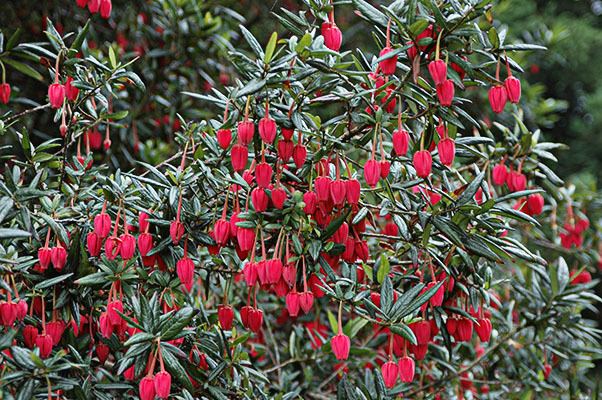
Crinodendron is from the Ancient Greek κρίνον ("lily") δένδρον ("tree"). The specific name hookerianum honors William Jackson Hooker, an English botanist who studied many Chilean plants.
